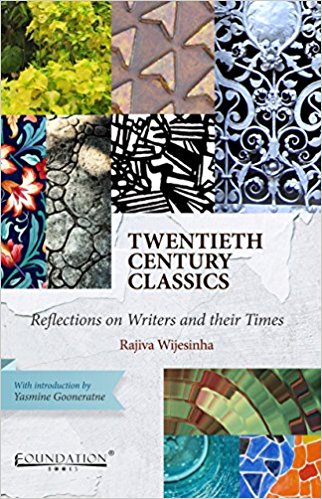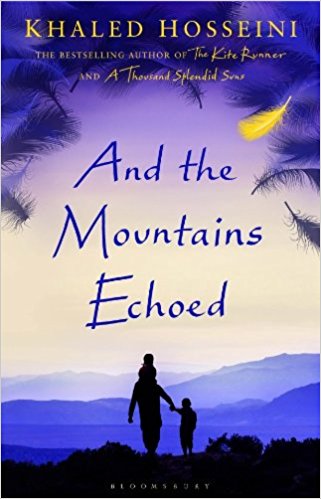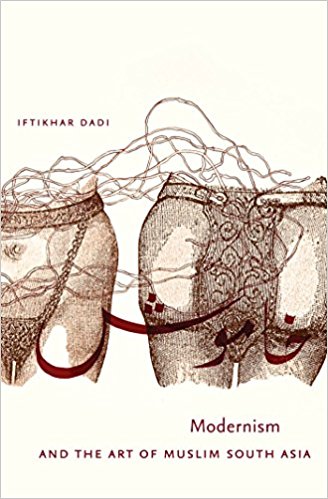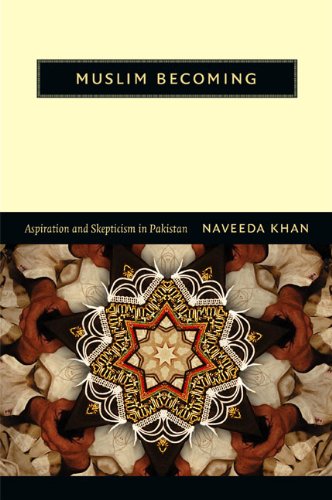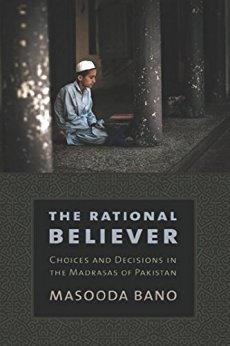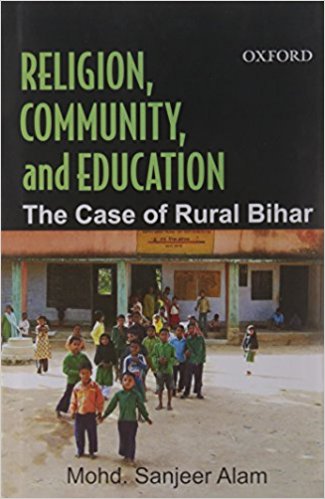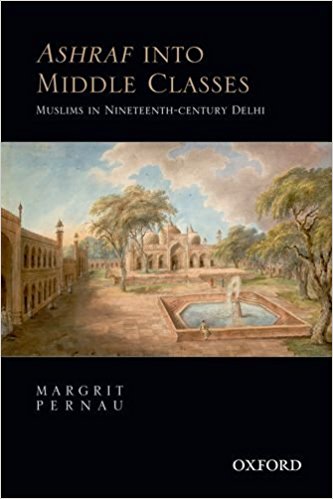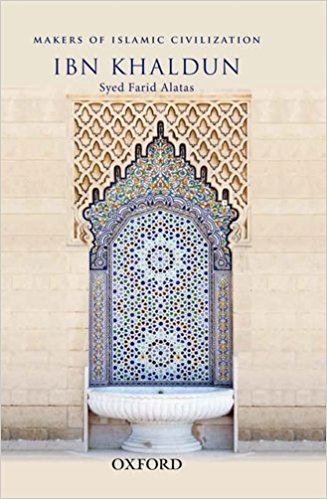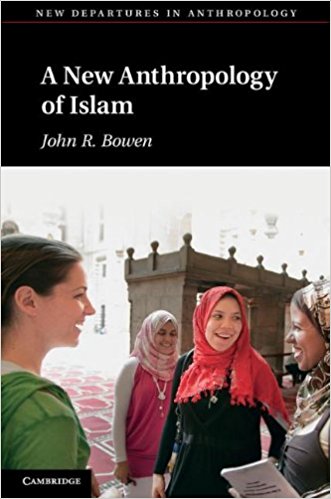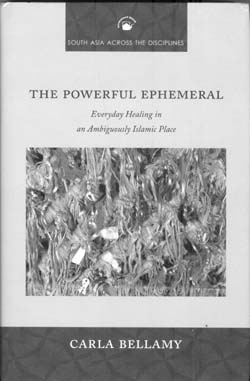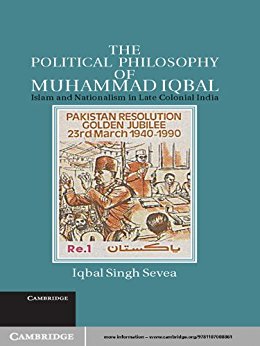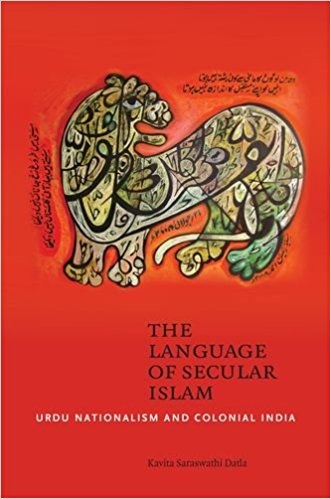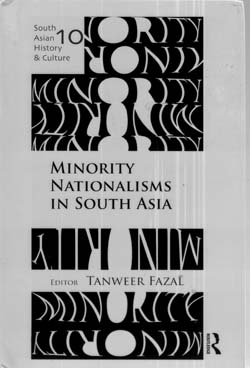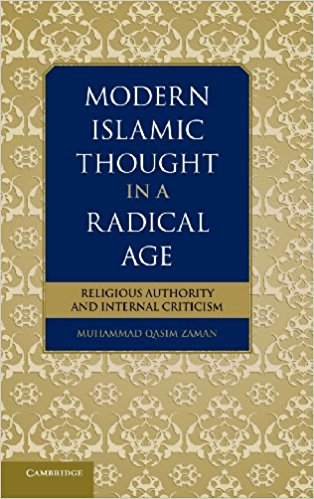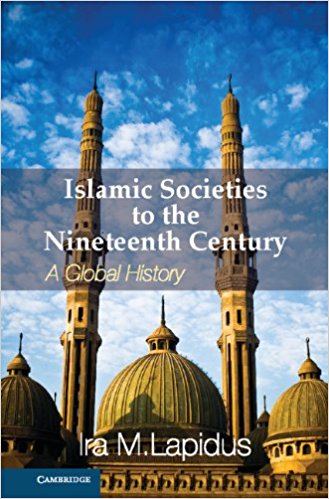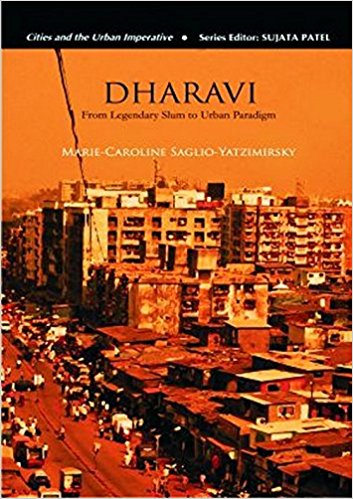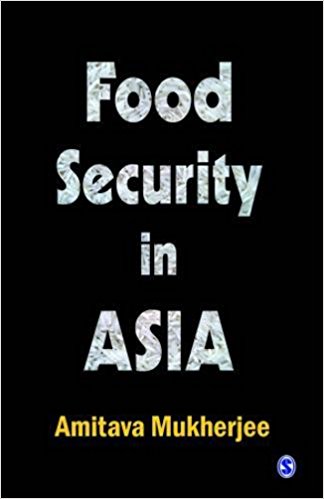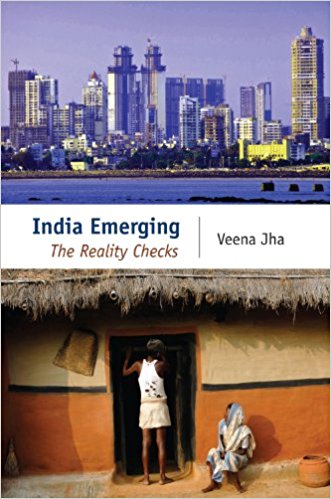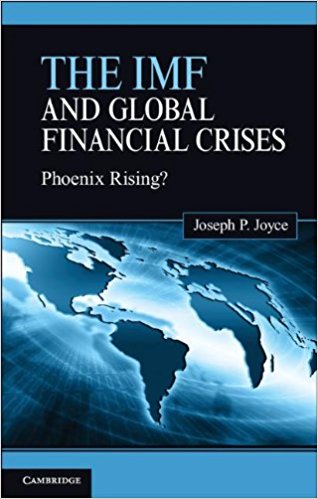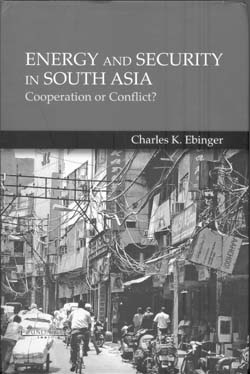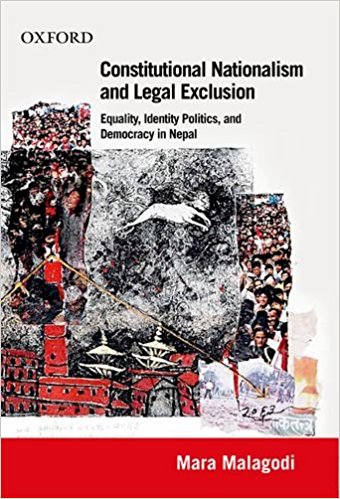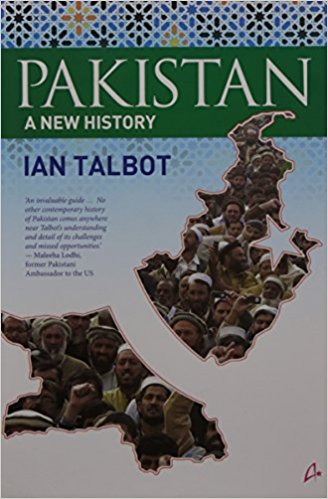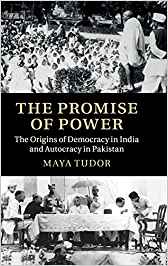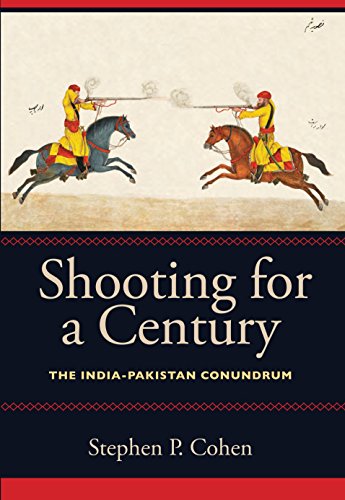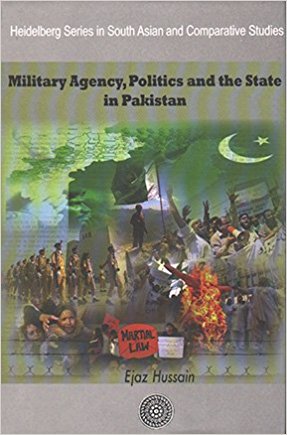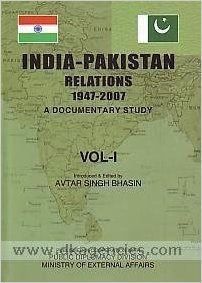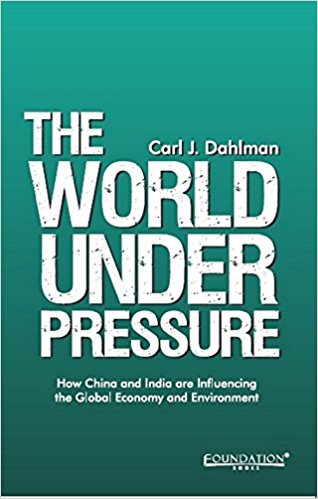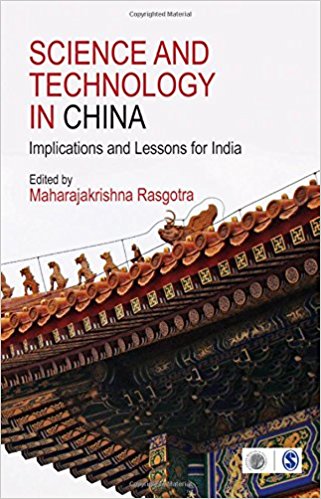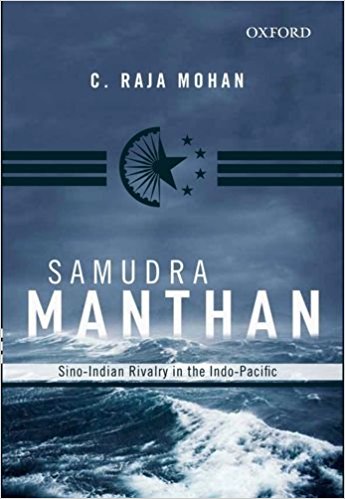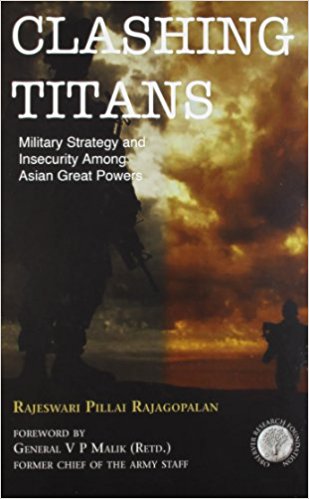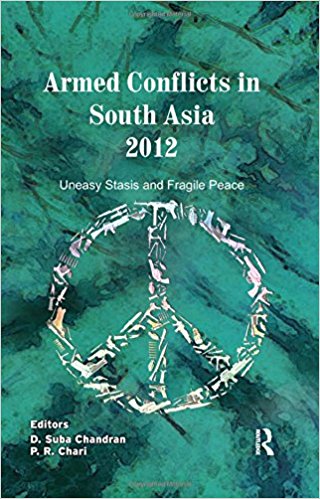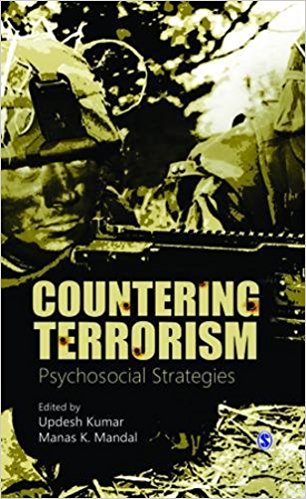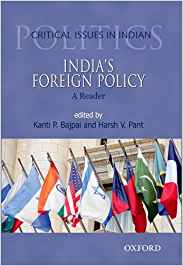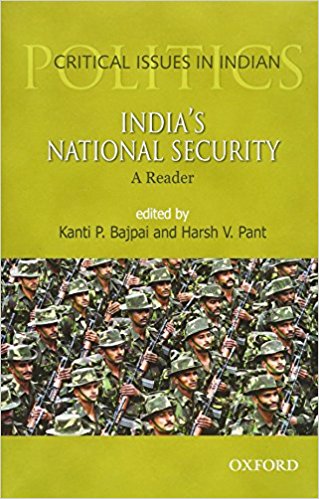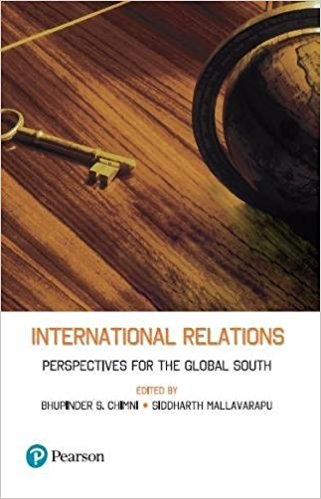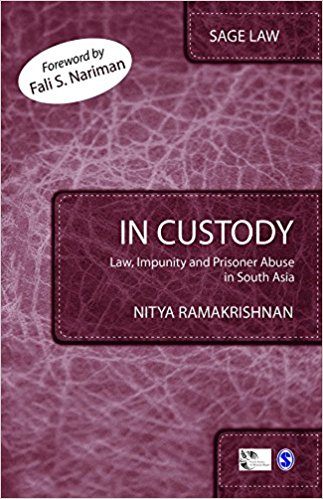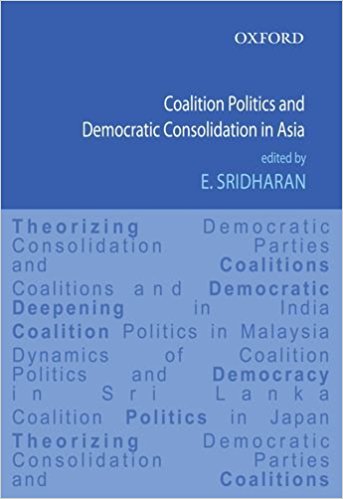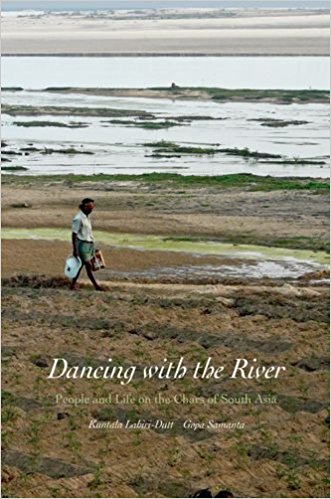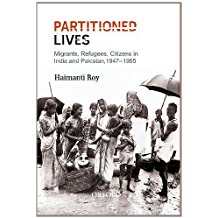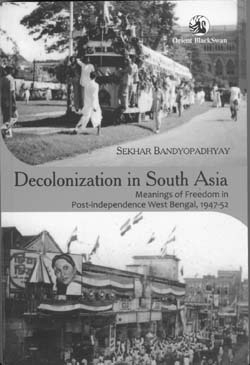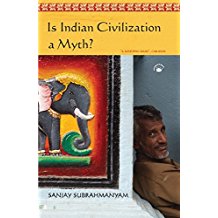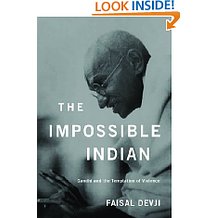This book is a collection of essays published in a Sri Lankan newspaper The Island as a weekly column. Written by the erudite and politically conscious Rajiva Wijesinha, the book is a delightful survey of twentieth century English literature. While he threatens/promises to locate his readings in contemporary Sri Lankan politics, we find that either he has edited them out of the book or that such anchoring was provided only now and then in the original columns themselves.
Archives
October 2013 . VOLUME 37, NUMBER 10From the author of the much acclaimed Kite Runner and A Thousand Splendid Suns comes another novel set in Afghanistan, moving with its actors to Europe and America.
The book under review is a commendable study of modern art in Pakistan and closely analyses the work of a few prominent artists as it deconstructs notions of modernism in their work. While the title of the work makes a reference to the art of ‘South Asia’, it would perhaps have been more appropriate to restrict its scope to ‘Pakistan’ as almost all the artists and the work discussed in the book have emerged out of Pakistan.
This book is the revised and expanded edition of the 1981 edition of The Imperial Image by Milo Beach which focused on Freer Gallery collections produced for the Mughal Emperors ruling between 1560 and 1640.
I wanted to learn what it meant to know Islam in Pakistan and why this knowing was so easily brushed aside.
Commenting on the congruent genealogies of Oxford and the madrasas of South Asia (‘religious’ origins of both sets of institutions) and the eventual divergence (Oxford emerging as the fountainhead of ‘reason’ and madrasas positioning themselves as bastions of ‘orthodoxy’) between them, Masooda Bano argues that the main reason for the different development of these institutions was that they were operating in very different political environments.
The empirical work for Religion, Community and Education was conducted in two locations of rural Bihar namely Phulwari and Kasba blocks of Patna and Purnea districts, and highlights the historical trajectories and how it has shaped the educational development and disparities in educational attainment of the two communities.
Middle class, middle classes, bourgeoisie—these terms entered English and other European languages in a range of meanings and connotations with the rise of industrial capitalism in the late 18th century.
Ibn Khaldun (1332-1406) was a scholar, most unique in the Islamic world. He is considered one of the most significant thinkers of the pre-modern Muslim world.
This is an anthology put together by the London and Sussex based Filippo-Caroline Osella team of anthropologists both having a keen research interest in South Asia.
John R. Bowen’s A New Anthropology of Islam addresses an ontological problem in sociology and social anthropology, one that pertains to the relationship between culture and tradition.
The volume under review, a fine-tuned and reworked doctoral thesis, is a critical narrative of the interpretation of everyday and ritual life of a Muslim shrine known as Hussain Tekri. Carla Bellamy took a plunge into this rather adventurous journey with passion driven by irrepressible intellectual curiosity.
This book is definitely a much-needed contribution to the study of the political philosophy of Allama Iqbal the poet. Iqbal Singh Sevea expends significant intellectual energy on the analysis of Iqbal’s well-known antipathy to the ideology of nationalism and the nation-state.
This book makes a major contribution to the literature on Indian nationalism in the 1920s and 1930s.
None of the ideas/ideologies of the modern age have aroused so much passion and emotion as has ‘nation-statism’. Despite the fact that it has caused unprecedented human tragedy in the form of genocide, displacement, dispossession, destructions and devastations; and despite the claims of its demise in the face of globalization, the nation-state continues to remain a dominant socio-political frame within which human beings organize themselves.
Modern Islamic Thought in a Radical Age is an inward look into how the traditionally educated scholars or the ‘ulama have frequently invoked the idea and necessity of reform within their faith.
I must admit to having agreed to review this book with a high degree of trepidation. How could a single volume hope to cover in 658 pages, so vast an area with all its dimensions, conflict and, most of all the variety and the depth of its impact on civilizations across the world? And yet, by this singular work Lapidus, Professor Emeritus of History at the University of California at Berkeley, has, in a book more compact, placed himself in the recording of Islamic history on a pedestal equivalent to Gibbon’s for that of Rome.
So much has been written about Mumbai’s Dharavi—the ‘slum’, the ‘city’, the ‘urban settlement’. Books, articles, feature films, documentaries—an idea of Dharavi has emerged through multiple sources.
If there is any one specific condition that belies the hype of the success of the new economy in India, then it is that of the state of food security.
India’s tentative economic miracle faces many hurdles, but one of the chief difficulties is sustaining the political impetus for reform.
Is the International Monetary Fund (IMF) a good thing or bad? The answer depends on whom you ask.
South Asia is quite unfortunate when it comes to energy resources. It is home to about one-fifth of the global population, yet it has less than one percent of global oil and gas reserves. Its endowment is slightly better for coal and hydropower resources, but still they are less than 10 per cent.
With the heightening of a heated nationalism debate, this book is a timely contribution to the constitution making process in Nepal. There has been no dearth of constitutions in Nepal with those of 1948, 1951, 1959, 1962, 1990 and 2007.
As a new civilian government finds its feet following the historic transition of democratic power in Pakistan, it is important to carry out a holistic analysis of the multiple crises plaguing Pakistan.
Most comparisons of India and Pakistan are defined by which side of the border (or the Line of Control) you are standing on, and are often heavily rhetorically loaded: Pakistan as a failed army-state overrun by radicals and terrorists, India as a corrupt, unmanageable confederacy grappling with poverty and insurgencies.
Professor Cohen’s writings on the India and Pakistan have always elicited great debate in both the countries since his first work on the subject.
There are many accounts by now of the military’s role in politics in Pakistan. Ejaz Hussain’s volume is a welcome addition to that. The primary objective of the volume is to build a model of civil-military relations applicable to the case of Pakistan which should explain the causes and mode of military intervention as well as the nature of military rule.
‘We will either have a divided India or a destroyed India’ were M.A. Jinnah’s words announcing 16 August 1946 as Direct Action Day.
2013
Studying Sino-Indian relations or comparing the two Asian giants across multiple indicators and themes is today a veritable industry for scholars, analysts, publishers and policymakers.
Three narratives on science and technology (S&T) in China are prevalent today in scholarship and policy circles. Firstly, while China invented the printing press, paper-making, gunpowder and compass (the Four Great Inventions—sida faming) in the ancient times not excluding the Grand Canal or the Great Wall and other grand engineering projects, soon it was relegated to the background since the 15th century as western European countries marched with the ongoing scientific revolutions.
The rise of China and India in the post-Cold War global power configuration is now universally accepted. What is less well known is back in the eighteenth century, these Asian giants accounted for nearly one half of the global manufacturing output. A potential reversal to that era is beginning to unfold.
If the world has a ‘West’ and an ‘East’ , it is fairly well established that the center of gravity is shifting to the East. The author goes a bit deeper into this conclusion to say that the East is not a peaceful homogenous bloc.
It is generally accepted that peace is a natural condition while war is an aberration. Peace is defined as ‘not violence’. Johan Galtung has defined violence in two categories, direct violence and indirect violence.
Terrorism has traditionally presented states with a major security challenge. After 9/11, however, governments have become totally focused on this threat to national security for what they fear most is terrorist violence designed to achieve clearly defined political objectives like independence from central authority.
Kanti Bajpai and Harsh V. Pant have edited this book for the benefit of graduate students studying Indian foreign policy, those teaching the subject as well as the general reader interested in its key aspects.
Anyone who has asked an Indian Army officer why it has got bogged down in a bloody quagmire in the North East, why it made such a hash of the operation in Sri Lanka, or why the lives of so many jawans were squandered in Kargil, hears the same answer: ‘We fought with one hand tied behind our backs’. Apart from being hard to do unless you have a tail or other appendage to which the hand can be tied, that excuse absolves many sins. That is also the first of many limitations in this book.
The discipline of International Relations in India, although vibrant and growing, has suffered from the straitjacket of having as its only points of reference, IR Theories originating in the western hemisphere.
2013 has been a good year for law related publications in India, with a clutch of high quality titles from some of the leading publishing houses in the country. Among these, Nitya Ramakrishnan’s In Custody: Law, Impunity and Prisoner Abuse in South Asia would count among the more significant ones.
Coalition Politics and Democratic Consolidation in Asia highlights the experience of four Asian countries, namely India, Sri Lanka, Malaysia and Japan with coalition politics.
The eastern part of the Indian subcontinent hosts the confluence of two mighty river systems of the subcontinent, the Ganga and the Brahmaputra, known as the Padma and Jamuna in Bangladesh respectively.
Since the path-breaking work in the 1990s on women abducted during the Partition violence in divided Punjab, at least two generations of much needed scholarship have built upon and extended the literary archive of the years of trauma and displacement that followed the Partition of 1947.
Sekhar Bandyopadhyay, Professor of Asian History at Victoria University of Wellington, New Zealand, has earlier enriched our understanding of South Asian history by his ground-breaking research on the complex relationship between caste, society and politics.
Is Indian Civilization a Myth? is a collection of articles by Sanjay Subrahmanyam, most of which have been previously published in Outlook, India Today and the London Review of Books.
It was not so long ago that Mohandas Gandhi was, at least to the academic world, a largely forgotten figure.

